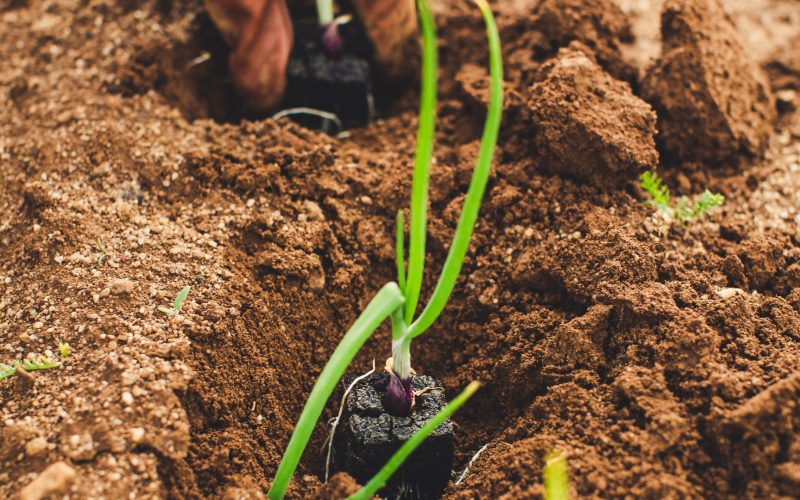As urbanization continues to grow, the demand for green spaces and fresh produce is also increasing. However, with limited space in cities, traditional gardening methods may not be feasible. This is where vertical gardening comes in as a space-saving and environmentally friendly solution.
What is Vertical Gardening?
Vertical gardening is a technique of growing plants vertically, using walls, fences, or other structures as support. This method allows gardeners to maximize their space by utilizing vertical surfaces that would otherwise be unused. Vertical gardens can be created indoors or outdoors, and can range from small herb gardens to large-scale installations.
Benefits of Vertical Gardening
1. Space-Saving: Vertical gardening is an excellent solution for those with limited space. By growing plants vertically, gardeners can make use of walls, balconies, and other vertical surfaces to create a garden without taking up valuable floor space.
2. Environmentally Friendly: Vertical gardening is an eco-friendly solution that can help reduce the carbon footprint of traditional gardening. Vertical gardens can help reduce the amount of water needed for irrigation, and can also help improve air quality by absorbing pollutants.
3. Increased Yield: Vertical gardening can increase the yield of a garden by allowing gardeners to grow more plants in a smaller space. This is especially useful for those who want to grow their own produce but have limited space.
4. Aesthetically Pleasing: Vertical gardens can be visually stunning and can add a unique touch to any space. They can be designed to fit any style or aesthetic, from modern and minimalist to rustic and natural.
How to Create a Vertical Garden
Creating a vertical garden is relatively easy and can be done in a few simple steps:
1. Choose a Location: The first step in creating a vertical garden is to choose a location. Consider the amount of sunlight the area receives, as well as the type of plants you want to grow.
2. Choose a Structure: Next, choose a structure to support your plants. This can be a wall, fence, trellis, or any other vertical surface.
3. Choose Plants: Choose plants that are suitable for vertical gardening. Consider the amount of sunlight the area receives, as well as the type of soil and water requirements.
4. Planting: Plant your chosen plants in containers or pockets attached to the structure. Make sure to leave enough space between plants to allow for growth.
5. Maintenance: Regular maintenance is essential for the success of a vertical garden. Water your plants regularly, and fertilize as needed. Prune and trim your plants to keep them healthy and looking their best.
Conclusion
Vertical gardening is an excellent solution for those with limited space who want to grow their own produce or create a green space. It is an environmentally friendly solution that can help reduce the carbon footprint of traditional gardening. With a little planning and effort, anyone can create a beautiful and productive vertical garden.












